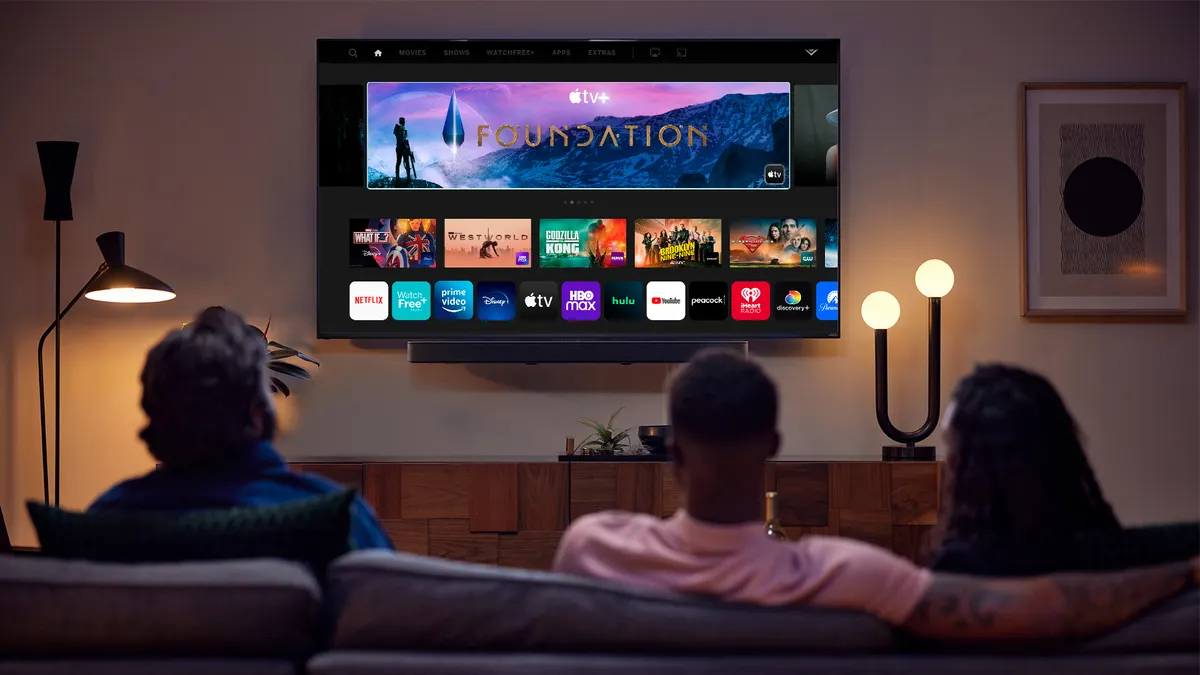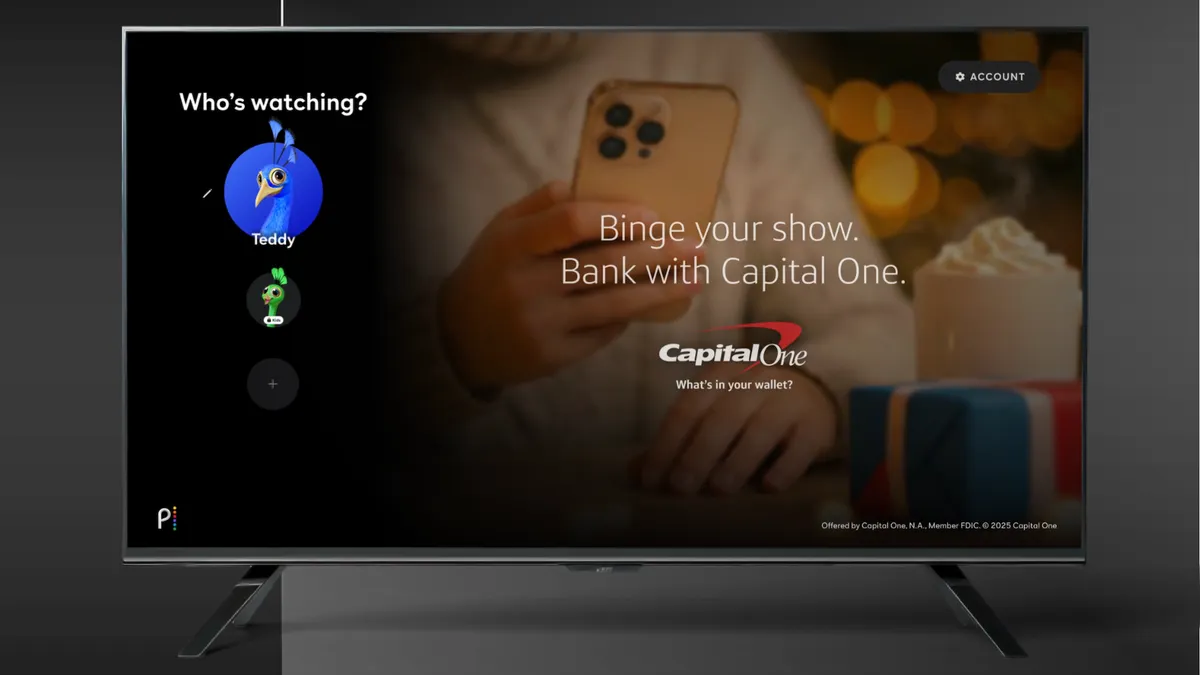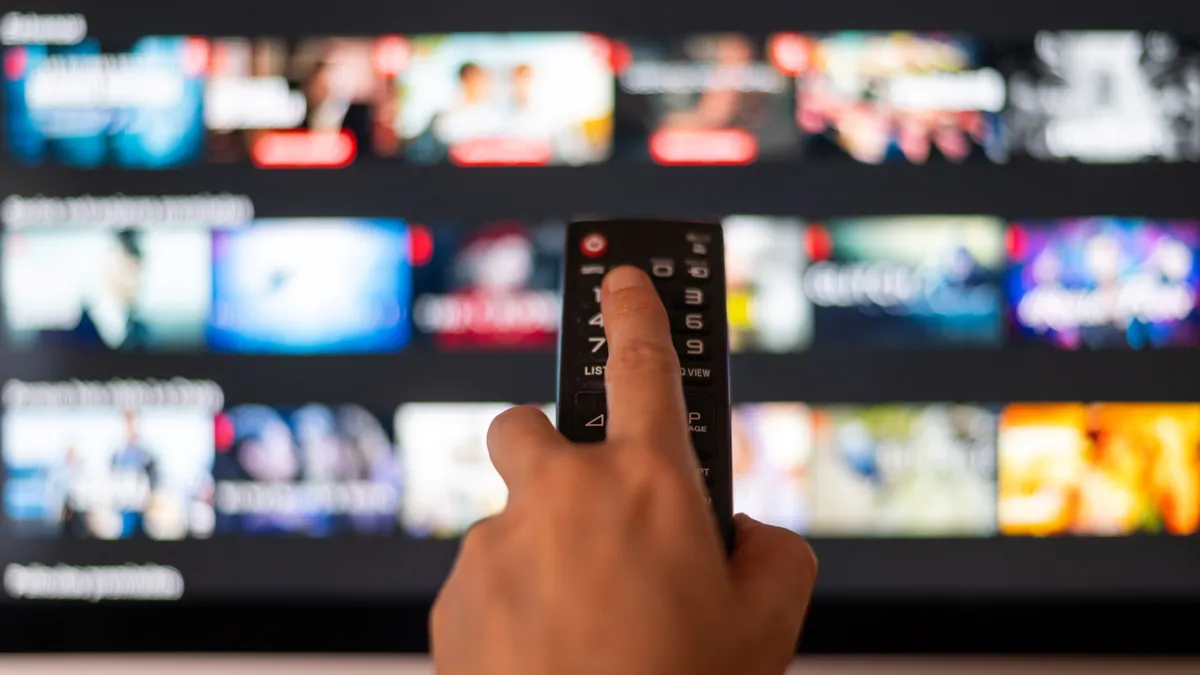Editor's Note: The following is a guest post from Francis Turner, general manager, U.S., and chief revenue officer at Adyoulike.
Throughout the relatively-short — yet incredibly dramatic — history of digital advertising, we've seen time and time again that fighting the direction the industry is headed is a losing game. The battle that some are waging today, a battle I reckon is futile, is against the shift to programmatic media buying for anything except display ads.
When it comes to display, both publishers and agencies have seen firsthand that the programmatic model works. It gives agencies and brands richer data, greater access to inventory and the ability to scale. It benefits publishers through greater control and the ability to sell every impression for the best yields they can get.
Still, there are those who believe that programmatic buying is only good for display. And maybe video. Now, to me, this seems a bit like arguing how horse-drawn buggies are better than cars, when the reality is that cars have already won out and he who stays on his horse will be left behind.
Any argument against programmatic buying is illogical, in my humble opinion (as well as the opinions of L'Oréal, P&G, Unilever, Target and many, many others). While I won't speculate on reasons why in many cases, there is one "programmatic shouldn't be used for…" case for which I can, and that's "programmatic is good except when it comes to native advertising."
So, without further ado, let's look at what's driving this fallacy and separate fact from fiction:
Faulty definition
Some of the anti-native rhetoric, in general, reminds me of the famous quote from "The Princess Bride": "You keep using that word. I do not think it means what you think it means."
The definition from the Native Advertising Institute is simply: "Native advertising is paid advertising where the ad matches the form, feel and function of the content of the media on which it appears."
But that's not how some in the ad tech industry would say it. To them, there are two types of native, one based on quality and engagement, and the other is, well, let's just paraphrase and say cheap, clickbait crap. And this is patently untrue.
Native has been around since at least the dawn of press. It can comprise any type of content, such as text, images or video, and it can be on digital or analog channels. A native ad, like any other ad, can be an incredible feat of creativity or a bland bore. A native ad, like any other ad, can be made to grow awareness or catalyze conversion.
A native ad, like any other ad, can be traded programmatically.
Unnecessary fear
Our second misconception behind some of the "no programmatic for native" sentiment, especially within publisher audiences, is the unfounded fear of losing value. This concern is based on the false belief that the programmatic availability of their inventory will drive down the worth of their bespoke branded-content campaigns.
During the early days of display, yes, this may have been an issue. But it isn't the case anymore. Native evolved watching the trials and tribulation of display, and as a result, the ad tech marketplace has developed to include a host of tools and technologies that enable buyers and sellers to avoid so many of its pitfalls. Today, any native platform worth its salt can give publishers control over rates, floor prices and much more, all via open exchange, PMP or programmatic guaranteed.
Publishers don't have to be inactive participants in the programmatic exchange. They can absolutely control their inventory and pricing, with trade in private marketplaces as well as through server-side platforms and header bidding. No publisher need sell their inventory for a price they don't believe fair.
Nonessential rigidity
The last issue that I see as behind the battle against native programmatic is the belief that only the publisher should create content for their properties, therefore only the publisher should have the ability to sell that inventory.
But the truth is that it doesn't have to be that way. Now, don't get me wrong, I'm not coming out against publishers' content studios. I think these are great and a wonderful way to separate the church and state that is advertising and editorial. I'm just saying that brands can make content, too.
In reality, the business of branded content can belong to either or both publishers and advertisers. Each equally has the ability to create quality content that resonates with audiences to the benefit of the publisher while driving engagement, audience and sales for the brand.
And both should buy and sell as they wish, too.
It's not for me as a stakeholder in the native realm to tell either that one way of buying inventory is better than the other. What I can say, however, is that native is highly effective and drives great engagement as a result. And like with any other form of media, if you put rubbish in, you will get rubbish out. On the other hand, if you have great content, you get great results, and it doesn't matter if the campaign is brand or direct response based or on an IO or traded programmatically.
Let's not fight technology and the winds of change. History has shown that those who try are soon gone and forgotten. Instead, let's embrace content, data and technology to revolutionize our industry and let's not get back on the horse unless it's for a gentle canter through the countryside.



















